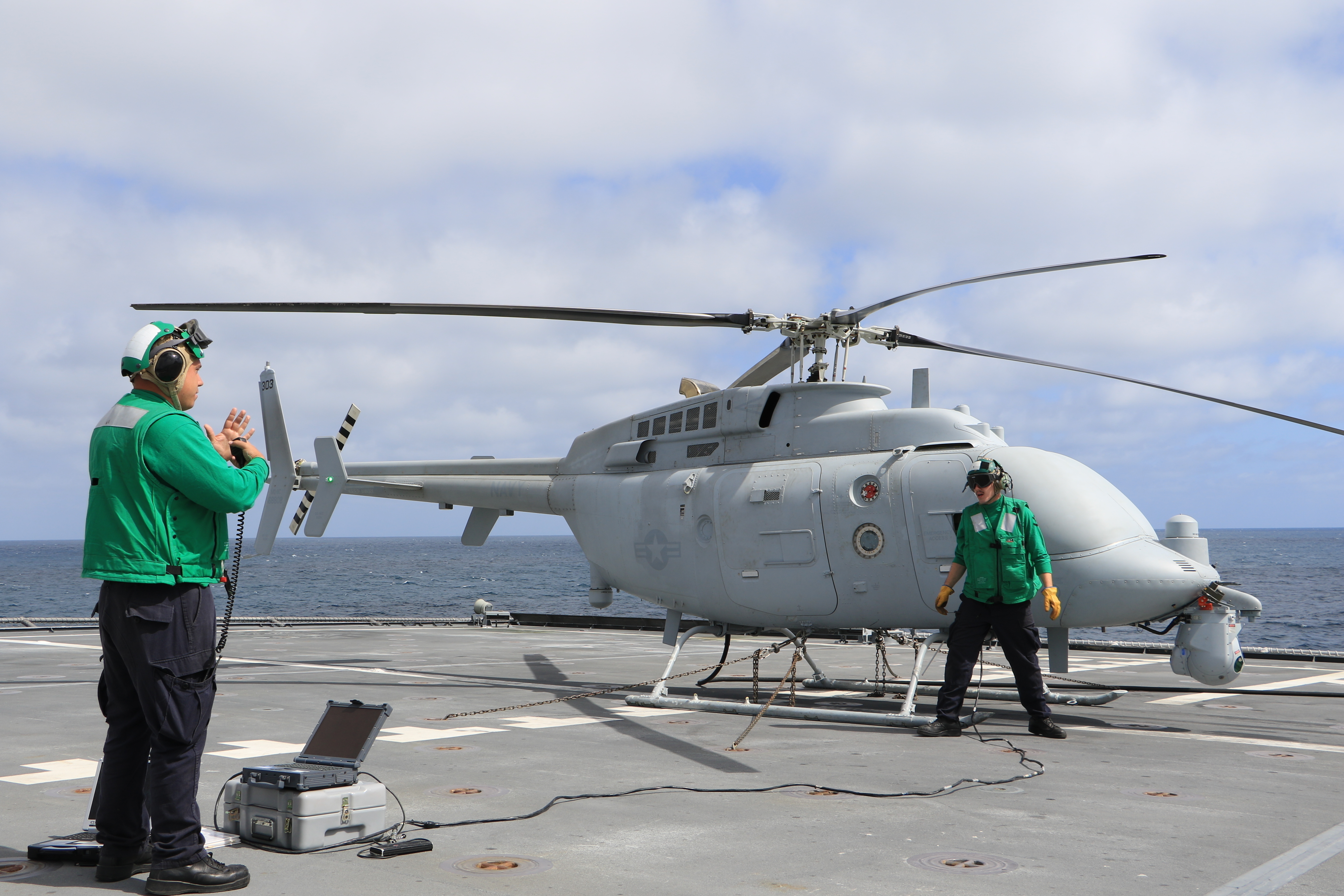
Navy Focused on Strengthening Networks to Support Unmanned Operations
As the Navy secretariat and the chief of naval operations’ staff continue to map out how unmanned platforms would contribute…
Copyright 2024 U.S. Naval Institute. All Rights Reserved.